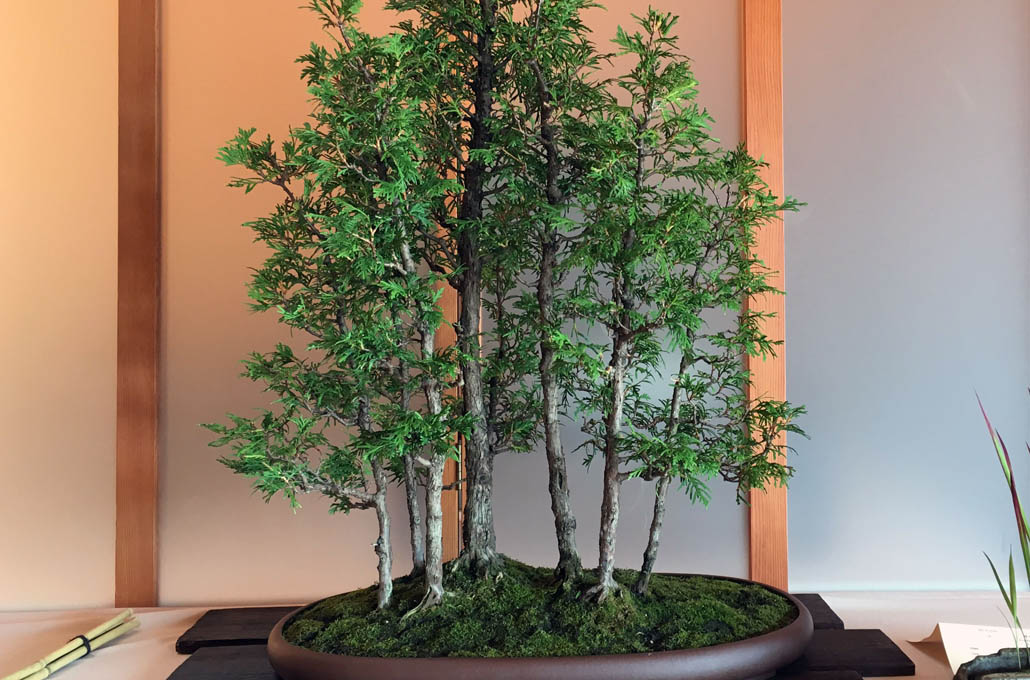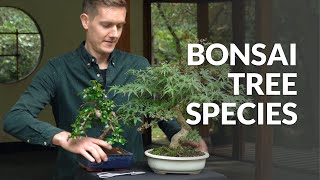Thuja Bonsai Care guidelines
The thuja likes a sunny place, but during the hottest weeks of summer it is advisable to provide some shade over midday and early afternoon. Thujas don't like intense heat and scorching sun. Although thuja trees are frost-hardy, they need protection from strong frost when they are planted in bonsai containers. At the same time they need enough light in winter protection, more than other conifers.
The rootball of the thuja bonsai tree should always be kept slightly moist and must not dry out. In nature these trees often grow on lakeshores. Thujas prefer neutral or slightly acidic water and soil, with pH values between 6 and 7.5, so rain water or good tap water should be used. Continue reading about watering Bonsai trees.
Watering
Free lecture from the Beginners CourseUse a solid organic fertilizer every month and / or a liquid fertilizer once a week during the growing season.
The new shoots of the thuja should be pinched when they are still soft, in order to produce a good ramification. The best time for heavy pruning is in late autumn. Thujas can be trimmed and even pruned back into the old wood and will bud again, which is a good feature for hedges and bonsai. The trees can be wired all year round to improve the branch lines. Guy wires are also a good option for shaping stronger branches. Continue reading about pruning Bonsai trees.
Thuja trees should be repotted every two or three years in early spring with normal root-pruning. Older and larger specimen can be repotted in longer intervals. Use a well-draining standard soil mixture, for example Akadama, pumice and Kiryu. Continue reading about repotting Bonsai trees.
Thujas can be propagated from seed or cuttings.
The thuja bonsai tree can be attacked by arborvitae leaf miners, cypress tip miners, bag worms, Japanese beetle, cypress canker, thuja blight, tip blight or root rot. Use a specific pesticide or ask a professional gardener for help in difficult cases. For more detailed information on these techniques, check out our Bonsai tree care section.

Thuja, or White Cedar, by Arlene Knapp
General information about the Thuja Bonsai tree
They grow with straight trunks and columnal or conical shapes, up to 15 m tall. The tallest known specimen measures 53 m and is located in the Olympic Mountains in US-State Washington. The bark is reddish brown and has a stringy texture. The leaves are scale-like and 1–10 mm long, except young seedlings in their first year, which have needle-like juvenile foliage. The scale leaves are arranged in alternating pairs and form fan-shaped flat shoots, with side shoots only in a single plane. Male cones are small and inconspicuous, whereas mature female cones are 1 – 2 cm long. All parts of the thuja are poisonous and must not be consumed by humans and animals.
Thujas are not very often used for bonsai, but there are some fascinating examples. The most common thuja species is Thuja occidentalis, also known as Eastern Arborvita or Northern Whitecedar. The Western Redcedar (Thuja plicata), the Korean Thuja (T. koraiensis), the Japanese Thuja (T. standishii) and Sichuan Thuja (T. sutchuensis) can be used as well. There are also several hybrids and cultivars of these species. All thuja species are frost-hardy, but when planted in bonsai containers they need protection from strong frost.
If you need help identifying your tree, take a look at our Bonsai tree identification guide.





